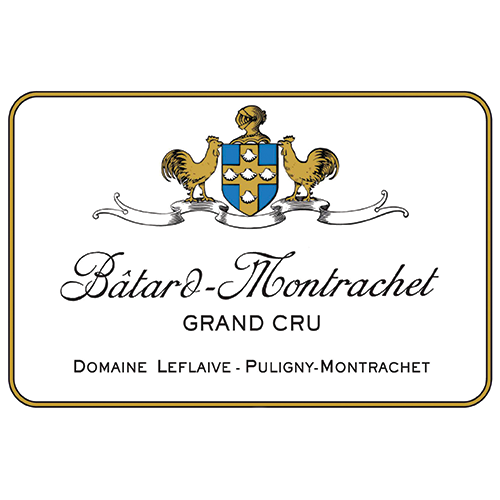
Domaine Leflaive, Puligny-Montrachet
Domaine Leflaive, Bâtard-Montrachet Grand Cru
This Grand Cru is split between Chassagne (over 5ha) and Puligny (over 3ha) and is located just below the Montrachet. While the terroir is seen as being the same, the difference is in the soil. The Batard’s tend to be heavier and deeper, especially at the bottom of the plot where the waterbed will be closer to the surface. The wines show this by being richer and more intense than the surrounding Grands Crus.
This Grand Cru is split between Chassagne (over 5ha) and Puligny (over 3ha) and is located just below the Montrachet. While the terroir is seen as being the same, the difference is in the soil. The Batard’s tend to be heavier and deeper, especially at the bottom of the plot where the water table will be closer to the surface. The wines show this by being richer and more intense than the surrounding Grands Crus.
- Region
- Bourgogne
- Appellation
- Côte de Beaune
- Sub-Appellation
- Bâtard-Montrachet Grand Cru AOP
- Varietal Composition
- Chardonnay
- Aging
- 12 months in cask (25% new), then 6 months in tank.
- Alcohol
- 13.25%
No information provided
Wine Spectator
97 Points
2022
"A focused, intense white, exhibiting preserved lemon, peach, apple, butter and pastry aromas and flavors. Turns more linear and racy while evolving to the long, resonant, flinty aftertaste. Though balanced, this will benefit from an additional year or two of aging."
— Bruce Sanderson, 2025
Decanter
96 Points
2022
"Ripe, buttery fruit aromas touched with hints of spice, cream and acacia blossoms make a showy first impression. It carries through on the palate with admirable richness and depth of flavour, to a long, complex finish. Yet it's the wine’s finesse and elegance that makes it genuinely outstanding."
— Charles Curtis MW, 2024

Other Wines


Domaine Leflaive, Puligny-Montrachet
Domaine Leflaive, Bourgogne Blanc


Domaine Leflaive, Puligny-Montrachet
Domaine Leflaive, Bienvenues-Bâtard-Montrachet Grand Cru


Domaine Leflaive, Puligny-Montrachet
Domaine Leflaive, Chevalier-Montrachet Grand Cru


Domaine Leflaive, Puligny-Montrachet